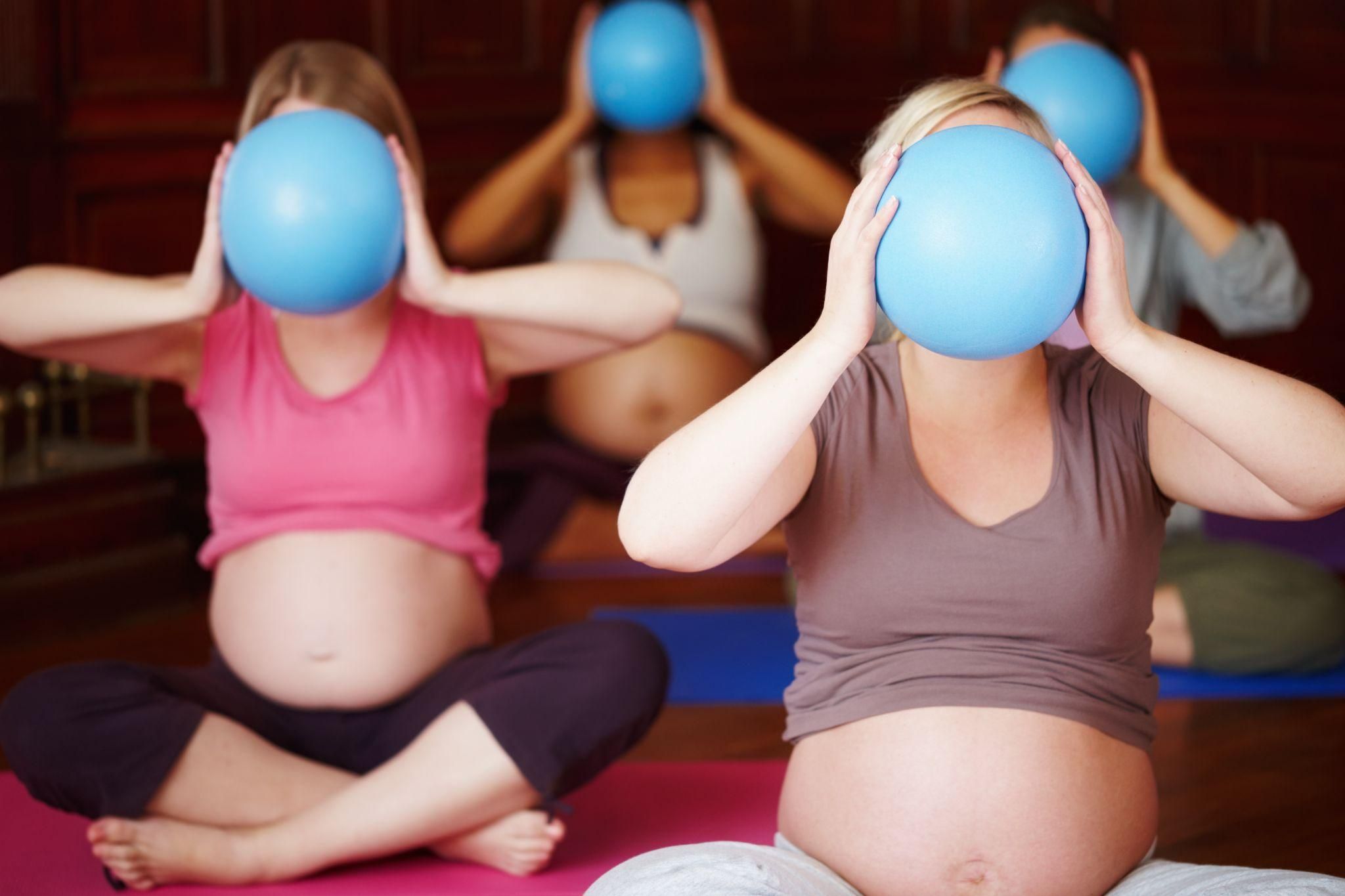One of the most exciting milestones in pregnancy is feeling your baby move for the first time. These movements are not just reassuring but also a key indicator of your baby’s health and development. However, it’s natural to wonder what’s considered “normal” when it comes to antenatal movements. Each pregnancy is unique, and understanding your baby’s activity patterns can help you feel more connected and confident.
This guide explains what normal antenatal movements look like, how they change throughout pregnancy, and when to seek advice if something feels off.
Why Antenatal Movements Are Important
Your baby’s movements are a reflection of their well-being. Kicks, rolls, and stretches indicate that your baby is growing, developing, and responding to their environment. According to the Royal College of Obstetricians and Gynaecologists (RCOG), regular movements show that your baby is receiving enough oxygen and nutrients through the placenta.
Keeping track of movements helps you recognise any changes, which could sometimes signal a need for medical attention. Monitoring movements is a simple yet vital way to stay aware of your baby’s health.
When Do Antenatal Movements Start?
Most mums-to-be feel their baby move for the first time between 16 and 24 weeks of pregnancy. For first-time mums, movements may be noticeable closer to 20 weeks. If you’ve been pregnant before, you might recognise movements earlier.
These early movements, often called “quickening,” feel like gentle flutters or bubbles. Over time, they become more defined as kicks, punches, and rolls.
Factors That Affect When You’ll Feel Movement:
Placenta Position: An anterior placenta (at the front of the uterus) can cushion movements, making them harder to feel.
Body Type: Slim women may feel movements earlier than those with more body fat.
Baby’s Activity Level: Every baby is different—some are naturally more active than others.
Source: The NHS advises contacting your midwife if you haven’t felt any movements by 24 weeks.
What Do Normal Movements Feel Like?
Movements can vary widely from baby to baby. Some are gentle and subtle, while others are strong and frequent. Normal movements include:
Kicks and punches.
Rolling or stretching.
Hiccups, which feel like rhythmic taps.
Each baby will have their own movement pattern, and the key is understanding what’s typical for your little one.
How Movements Evolve Throughout Pregnancy
Your baby’s movements will change as they grow and develop. Knowing what to expect at each stage can help you feel more confident about what’s normal.
First Trimester (0–12 weeks):
Movements begin as early as 7–8 weeks but are too small for you to feel.
Second Trimester (13–28 weeks):
Movements become noticeable between 16 and 24 weeks.
By 20 weeks, movements are more consistent and may follow a pattern.
Third Trimester (29–40 weeks):
Movements become stronger and more regular.
Space in the womb becomes limited, so you may feel more rolls and stretches than kicks.
Tip: Your baby should continue moving regularly right up until and during labour.
How to Monitor Movements
From 28 weeks, monitoring your baby’s movements becomes an important part of antenatal care. Understanding their typical pattern helps you notice any changes.
Steps for Monitoring Movements:
Find a quiet space and lie down on your side.
Pay attention to your baby’s activity, counting each kick, roll, or flutter.
Time how long it takes to feel 10 movements. Most babies reach 10 movements in under two hours.
Tip: Use a journal or a kick-counting app, such as the one recommended by Kicks Count, to track your baby’s movements.
What’s Considered Normal?
There’s no set number of movements that’s “normal” for every baby. Instead, the focus is on what’s normal for your baby. Most babies have periods of activity followed by quiet times when they’re sleeping.
Variations to Expect:
Movements may feel lighter or softer during sleep cycles.
The strength of movements may vary depending on your baby’s position.
If your baby’s usual pattern changes, contact your midwife or antenatal clinic. Trust your instincts—if something doesn’t feel right, it’s better to seek advice.
When to Seek Help
Reduced or absent movements can sometimes indicate a problem, such as reduced oxygen or nutrients reaching your baby. Acting quickly ensures that any issues are addressed promptly.
Signs to Watch For:
You notice fewer movements or no movements at all.
Movements suddenly become unusually vigorous or erratic.
Your baby’s usual movement pattern changes noticeably.
Source: The NHS advises contacting your midwife immediately if you’re concerned about reduced movements, rather than waiting for your next antenatal appointment.
Supporting Your Baby’s Movements
While you can’t control your baby’s activity, there are ways to support their movements and stay connected.
Tips for Encouraging Movement:
Stay Hydrated: Dehydration can sometimes reduce your baby’s activity.
Eat a Snack: A small meal or sugary drink can stimulate movements.
Relax and Focus: Lying on your side in a quiet space helps you tune in to your baby’s activity.
If you still don’t feel movements, contact your antenatal clinic for advice.
High-Risk Pregnancies and Movements
In high-risk pregnancies, such as those involving gestational diabetes or preeclampsia, monitoring movements is even more critical. Your antenatal team may recommend additional scans or monitoring to ensure your baby’s well-being.
Discuss any concerns with your healthcare provider, who can offer personalised advice on tracking movements.
The Role of Antenatal Classes
Antenatal classes are a valuable resource for understanding movements and overall pregnancy care. They provide practical tips on monitoring movements and offer reassurance through education.
Topics Covered in Antenatal Classes:
How to recognise normal and abnormal movement patterns.
Relaxation techniques, such as antenatal yoga, to reduce stress.
How to respond if you’re concerned about movements.
Search for “antenatal classes near me” or ask your midwife for local options.
UK Resources for Antenatal Support
NHS Pregnancy Services: Provides advice on monitoring movements and overall antenatal care. Visit NHS Pregnancy Care
Tommy’s PregnancyHub: Offers expert guidance on baby movements and pregnancy health. Visit Tommy’s
Kicks Count: A UK-based charity dedicated to raising awareness about the importance of tracking movements. Visit Kicks Count
Final Thoughts: Stay Connected to Your Baby
Your baby’s antenatal movements are a window into their world, offering insights into their health and well-being. By understanding what’s normal for your little one, you can feel more confident and reassured throughout your pregnancy.
Remember, no question or concern is too small when it comes to your baby’s health. If something feels off, trust your instincts and reach out to your midwife or antenatal clinic. Staying aware and informed is one of the best ways to care for your baby before they arrive.
References
- The Ultimate Antenatal Classes
Prepare for labour, birth, and baby care with nine experts, including senior NHS midwives and an award-winning obstetrician!
https://unii.com/en/journey/ultimate-antenatal-classes









